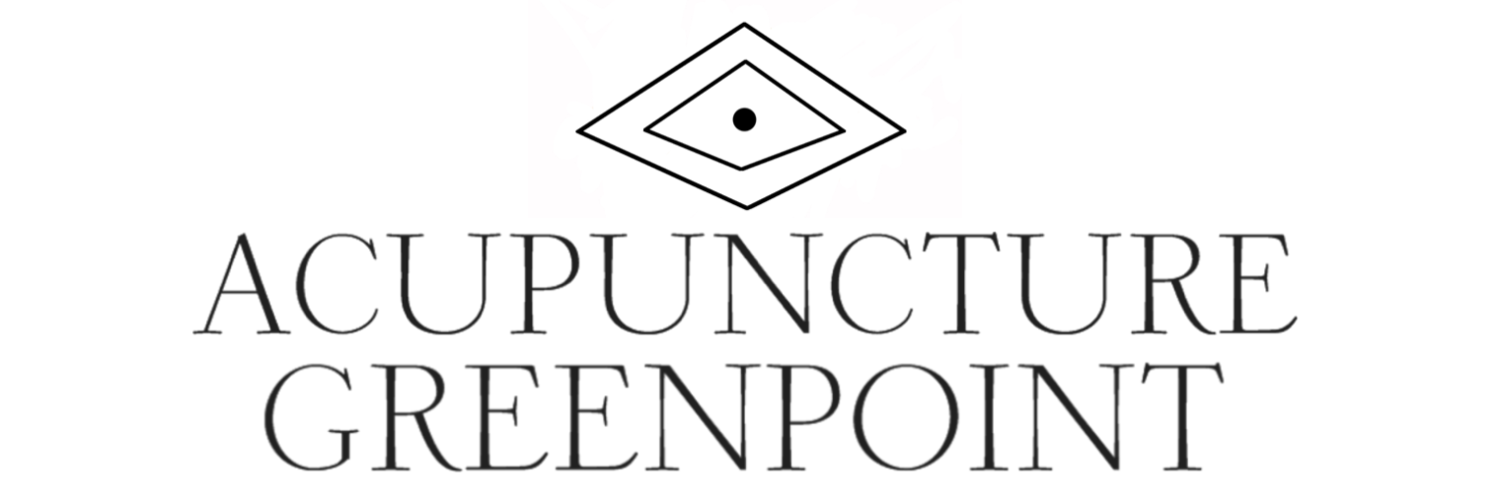By Alicia Genna
"Care more for the individual patient than for the special features of his [or her] disease." - Sir William Osler
I am innately scientifically-minded — a quality that drove me mad while studying an ancient medicine heavy on the empirical evidence and light on the controlled trials. But as I delved into the deepest crevices of this medicine, two invaluable realizations altered the way I approached healing and the human body: that those thousands of years of empirical evidence do have some scientific validity, and that science and philosophy, when applied to a human-being, are invariably interconnected.
When I first started my graduate program, one of my professors offered some advice I’ll never forget. To a classroom full of eager healers, eyes wide and pencils poised, he said, “The first thing you all have to do is forget everything you know about medicine so far. And then, once you finally break down all those notions, you’ll be able to start learning this medicine.”
*Blink, blink* Hold the phone. Queue fear, self-doubt, back-peddling.
I immediately started questioning my post-collegiate choice. Is this even medicine? How am I supposed to forget something of that magnitude? Science? Evidence-based practice? What would life be, what would the Milky Way be if I erased biomedicine from my mind?
I’ve always felt most akin to my left brain — logical, analytical, factual. So needless to say, I didn’t follow that first instruction. For the next four years, I challenged and dug my heels in the whole way through. I questioned everything and mused on the ways in which acupuncture could fit into a biomedical mold.
As I observed acupuncture’s continuous efficacy in the clinical setting and patient trials, I needed to understand why, in scientific terms. The ancient concept of qi — your body’s vital “force,” an “energy” that carries along with it an uncanny healing “power” — left me wanting more. Left brain: Force, energy, and power are different qualities of physics. How can qi be all three simultaneously? Could it be neuronal? Could it be hormonal? Could it be muscular? I read study after study attempting to correlate the primary meridians with those connections of neurons firing through one synapse to the next, or hormones traveling within the bloodstream, or engaging the myofascia.
I began at the human body as a whole and broke it down into systems: the motor system, circulatory system, nervous system, viscera. I further broke each system down into its constituent parts, trying to understand the cause-and-effect, the influence of acupuncture on each fragment to explain the effect on the whole. But no sole biomedical system ultimately described the ancient theories. The questions still remained: From where did this comprehensive medicine arise? Do the channels follow some specific pattern? How does this so effectively heal?
After years of studying this medicine, I found my answer in the beginning. Rewind from atom to molecule to cell to tissue to organ to organ system to organism. A human is an organism, a living system made up of many parts, but conceived as a whole. A single fertilized human ovum proliferates wildly to create a person, comprised of many systems and dividends. But these parts grow together, live together, and die together. They are inseparable. They are mutually dependent, co-evolving, intrinsically woven into the smallest fibers of our being and simultaneously into the most grandiose form our our existence.
So how does acupuncture work? The answer that I settled upon for now is, all of those things — it is electrical and chemical and physical. The channels follow neuronal pathways, blood vessels, and planes of connective tissue alike. An acupuncture needle can engage a muscle, trigger conduction of a neuron, and encourage secretion of the epithelia all at once. Research is taking baby-steps in each of those directions: uncovering involvement of nerve bundles, fibroblasts, the HPA.
I view the primary pathways in acupuncture as a map, not of one system, but as if you layered a projector with slides of all the systems together, as a whole. It is comprehensive — therein lies its beauty. And a good practitioner will gather information from and incorporate ALL systems to inform their treatment strategy.
Acupuncture was developed thousands of years ago. The healing practices of the time were part of what is called philosophy-based medicine — a medicine based on astute observation, trial and error, repetition, and refinement. And while the doctors of the time may not have used a scalpel to dissect the human body down to its smallest parts to be analyzed under a microscope, those thousands of years of observation yielded an integrative medicine that seems to be able to address the physical, chemical, and electrical components of imbalance all at the same time, and without side effects.
Put that in your pipe and smoke it.
In retrospect, I understand what my professor was really saying to us. He wasn’t telling us to forget anything, but to be open to all possibilities. Look through a different window and you won’t be ignoring reality, you’ll just see things from a different angle. He wanted us to always remain critical — critical yet unconfined. The reality is, research on acupuncture still has quite a ways to go before we can fully understand the mechanism behind the results. But I think we are getting there. With the research thus far, enormous gains have already been made, and not only in acupuncture itself. Insights gleaned from acupuncture research have also informed biomedical research, practice, and policy. If we could be more open-minded and collaborative in our efforts, imagine if acupuncture did eventually fit into a scientific method? This article by Helene M. Langevin, MD and Peter M. Wayne, PhD is a great jumping off point.

